Sevacation
Dipti and Raminder Kaur
‘Anyone who has deep faith in Guru [spiritual teacher] Sahib, and acts honestly in tune to his preaching, journeys on this planet would feel effortless for them.’
(Female sevadar or volunteer at Harmandir Sahib, June 2022)
The glory of Sikhism lies in its communitarian values and ethics deep-rooted in the concept of seva or selfless service. Seva has three main overlapping qualities: tan in terms of physical service also referred to as kar seva; man as in intellectual service; and dhan in terms of material service as with financial donations. For the less affluent, seva tends to be more in terms of tan. For the intellectually inclined, this could be in terms of teaching people about the sacred scriptures, the history of Sikhism, kirtan or the playing of a musical instrument. For the affluent and those from abroad who have limited time, this tends to be more in terms of dhan.
In the Indian holiday months of May and June, groups of Sikh women from villages in Panjab accompanied by their children can be spotted all around the Harmandir Sahib premises to do seva for days, weeks or even a month as their time permits. They mostly come from nearby districts of Gurdaspur, Patiala, Ambala and in the vicinity of the city of Amritsar.
These volunteer sevadar are dominated by women who are homemakers and girls having their summer break for schools and colleges. If the men come, it is only for a few days as they need to work or engage in agricultural duties. The children enjoy their stay in Amritsar for vacation, as for low to lower-middle-class families in India, vacationing are luxuries and beyond their means. Therefore, vacation in Amritsar co-exists with a purpose of seva to the Sachkhand Harimandir Sahib, where Sachkhand means the ‘realm of truth.’
For diasporic Sikhs, vacation time in Amritsar co-exists with seva at the Harmandir Sahib and other historical gurdwaras (Sikh places of worship) mainly through financial donations, combined with visits to their ancestral homes as well as trips to other destinations throughout India. These Non-Resident Indians (NRIs) have a ‘time crunch’ to do physical seva at the Harmandir Sahib. They may commit an hour or so to helping with duties such as vegetable preparations or the washing of utensils if time permits.
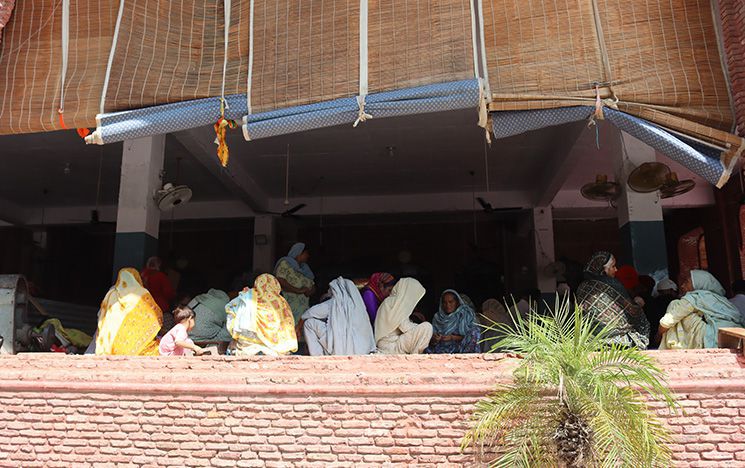
Figure 1: Women cutting vegetables for the free meals or langar
Moreover, limitations on their time manifest in an intensive spirituality reflected in large donations in pounds, dollars or euros. Their seva thus translates more into currency.
The management, the Shiromani Gurdwara Parbandhak Committee (SGPC), is of course appreciative of such contributions as they finance public services in the premises and cover the salaries of employed sevadar. Sometimes SGPC officials travel abroad to foster relationships and solicit more support. The donations from those within India are comparatively less although the cities of New Delhi and Mumbai are other economic powerhouses for seva in the form of donations by affluent business families. In households where surplus income is lacking as with those from subaltern classes, they offer their seva through physical labour as with volunteering in the many duties of maintaining and cleaning the gurdwara premises.
Religious Vacationing
There are a diversity of people visiting the Harmandir Sahib ranging from pilgrims demonstrating intense faith and spirituality to tourists who come more out of curiosity and leisure purposes. There are often occasions where varied intentions merge for the visits. The May-June summer vacation for schools and colleges is a time when numerous Indian families can be seen lining up in the niwas counters for accommodation in the surrounding precincts of the Harmandir Sahib.
There are seven main niwas around the Harmandir Sahib that shelter huge populations of the pilgrims-tourists of varied age groups. People from the middle and lower classes with rural backgrounds or small-town dwellers from Panjab or the neighbouring state of Haryana are the main occupants of basic niwas, availing of the free shelter for a couple of days up to a few weeks. The rectangular courtyard in the middle of the Guru Ramdas Niwas - the first residential building established in the 1930s named after the founding guru of the site - has an open space under the sky visible through the encompassing three-storeyed building. It is laid with long carpets and mattresses for rural pilgrims to rest on the ground in the evenings while during the daytime it serves as an area for drying clothes.
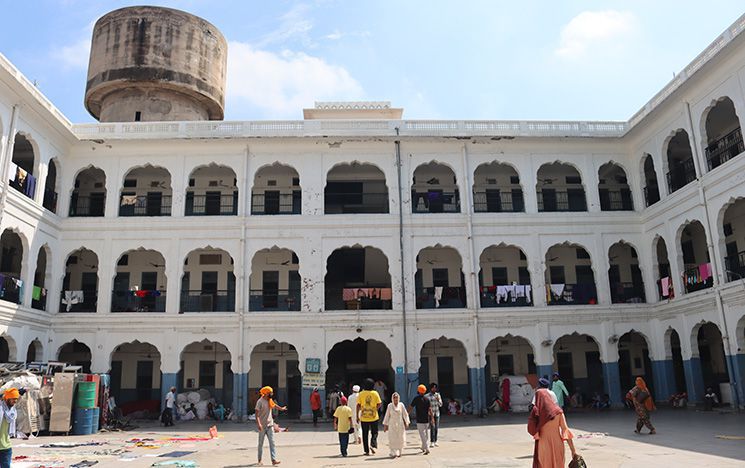
Figure 2: The courtyard of the oldest residence for pilgrims, Guru Ramdas Niwas, in Amritsar
A preference for air-conditioned rooms with attached bathrooms is prevalent among the more affluent tourists from within India. Women on their own or in jatha (groups) reside in the large dormitory on mattresses on the floor in Guru Ramdas Niwas and its balconies.
NRIs (Non-Resident Indians) or diasporic Panjabis may once have stayed in these niwas in earlier decades. Some of their names and donations can be seen on the pillars for the building of the upper floor in the 1970s.
![Pillar in Guru Ramdas Niwas showing donors for its constructions including Iqbal Singh from Lanka Shehar [sic] in England](/wcm/assets/media/671/content/78151.745x468.jpg)
Figure 3: Pillar in Guru Ramdas Niwas showing donors for its constructions including Iqbal Singh from Lanka Shehar [sic] in England
Nowadays, however they tend to stay in the sarai (traveller’s inn) outside the Harmandir Sahib precinct that were opened in the 2010s. These include the Saragarhi Sarai run by the SGPC, the Guru Gobind Singh NRI Yatri Sarai built by donations from several British gurdwaras, and the Nishkam International Centre with its gurdwara headquarters on Soho Road in Birmingham.
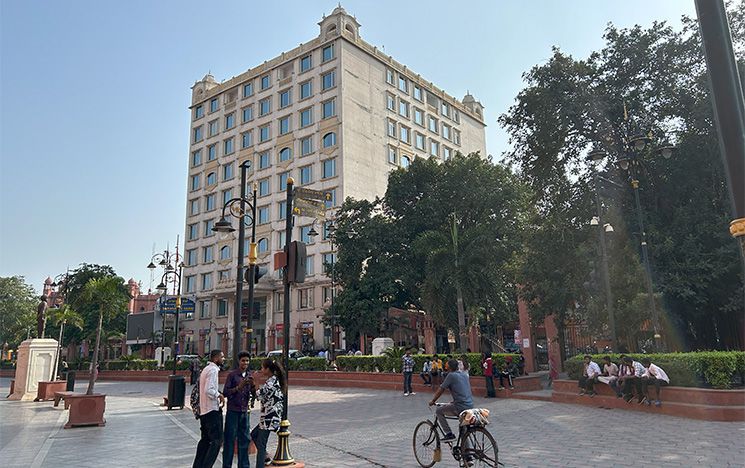
Figure 4: The Saragarhi Sarai for pilgrims built by the SGPC in Amritsar
Figure 5: Guru Gobind Singh NRI Yatri Sarai for pilgrims built with donations from British gurdwaras
These sarai are available for short term lets for couples and families and often are booked online with costs of around 1,000-2,000 rupees a night (about £10-£20). Those who are on their own, with friends or want to stay for longer than the usual three-day stay go for the nearby hotels with a preference for the reliability afforded by international chains that are within walking distance of the Harmandir Sahib complex.
The scorching summer heat especially along with the weekend crowds at the sacredscape of Sikhism can be exhausting, with groups of people with children at every corner and corridor of the gurdwara premises. Still, Indian people come for religious vacationing. Diasporic Panjabis are few and far between in the months of May or June, tending to favour the cooler months of September and October, or February and March availing also of the time off during the Easter holidays especially if they are to bring their school-age children with them to the sacred shrine.
‘Serving Humanity is Serving the Guru’
Sikh pilgrimage comes with devotion to the divine as it does with care towards humanity in terms of seva. The marble corridor all around the quadrangle of the main shrine, is laid down with long-stretched jute mats for walking, soothing the summer heat and warming the winter cold for bare feet. These mats are daily rolled up and buckets of water from the sacred pool (amrit sarovar) is poured onto it while a phalanx of sevadar mop and dry behind them. This is one example of continuous seva given by visitors who are mostly Sikhs at the gurdwara.
Drinking water stalls at every corner of the temple premise both inside and outside the Harmandir Sahib complex, serve cold water in steel bowls around the clock to quench people’s thirst. Together with food preparation and serving in langar (communal kitchen), washing steel dishes and utensils, shoe keeping, and accommodation maintenance in the niwas, visitors serve without any monetary profit to the self. The profit, if any, is spiritual in terms of the growth of humility that leads the devotee closer to God. Even shoes are polished in the shoe houses (jora ghar) while their wearers go inside barefoot.
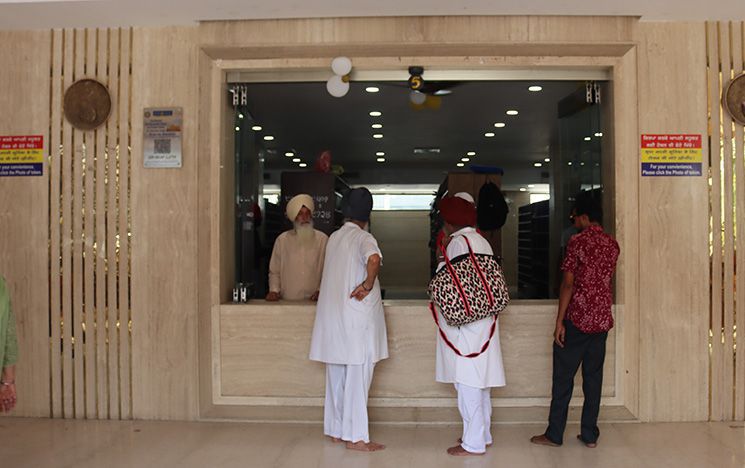
Figure 6: Doing seva (selfless service) by tending to shoes in the jora ghar
These services are managed by the SGPC and sevadar appointed by the management to ensure a member of staff oversees the vast volunteer operations all- year round. These sevadar are paid a monthly salary from 7,000 rupees (about £70) upwards depending upon their experience and seniority. They provide an ongoing base for the voluntary sevadar who come out of their free time to provide support for the maintenance of the Harmandir Sahib complex to cater for about 150,000 daily visitors.
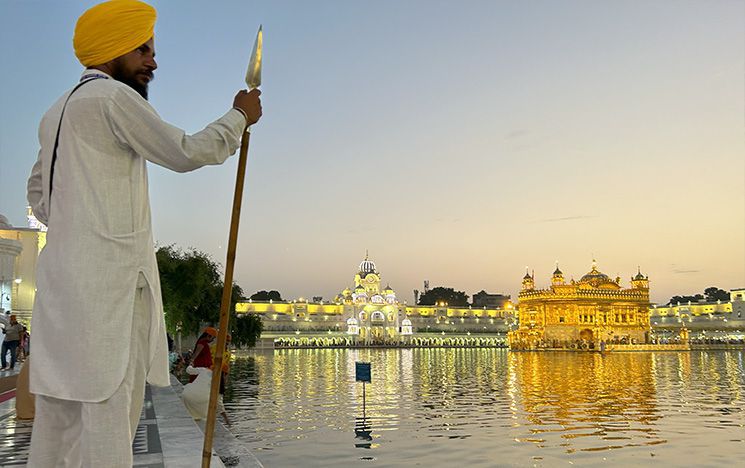
Figure 7: Sevadar (caretaker) employed by the SGPC
Paid volunteers or sevadar may sound like an oxymoron but the principle is that they are serving the community and the divine while they serve themselves and their family with an income. This principle of the householder earning an income for their own sustenance is consistent with the Sikh doctrine to live an ethical life in the world, rather than outside it as might an ascetic who leaves the social world altogether.
Among the commitment of the community in the Harmandir Sahib working all day and night, there are approximately five thousand paid sevadar on the premises. Those serving in the parikrama (walkway) corridor as security persons, giving guidance to visitors are paid male sevadar, whereas those sevadar who work in the langar kitchen, cooking food, serving food, cleaning the utensils, and distributing the utensils to people are largely volunteers. Among the voluntary arena, women tend to prepare the vegetables and flatbread, chapatis, men distribute and serve the food, and all help with the washing.
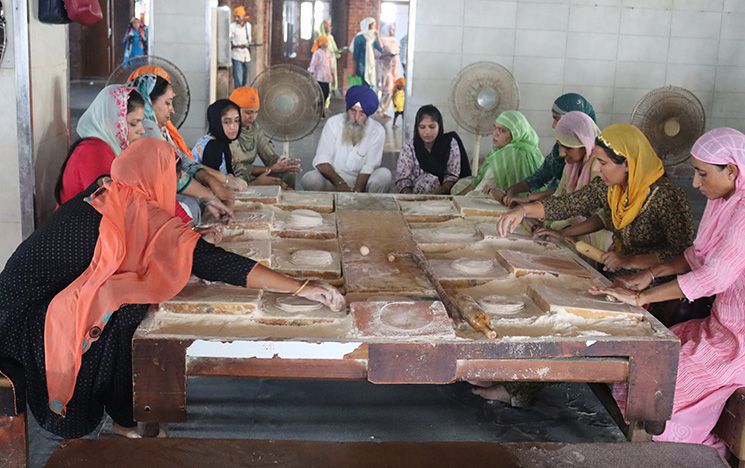
Figure 8: Doing seva (selfless service) by making chapatis for the free meals (langar)
Paid male contractors cook the main complements – dal and sabji – to ensure consistent good quality food. Giving seva at the Harmandir Sahib is not restricted to any gender, caste, religion, region, or race. However, females outnumber men in voluntary seva, while men outnumber women in paid seva. The latter often dress up in a uniform – white and yellow or blue and saffron being distinctive colours with turbans for men and chunnis/dupattas (long scarves) for women to cover their heads as the case may be. The SGPC aim to employ 33 percent of women as part of their total paid sevadar which remains an ideal rather than an actuality.
There are also countless SGPC sevadar and visiting volunteers engaged in the shoe house, at drinking water stalls, helping with accommodation, and any other public utilities. However, in the washrooms and bathrooms, the sweepers and cleaners are contracted workers by the SGPC to ensure daily cleanliness.
Another group of people at the Harmandir Sahib are identified as kar sevaks – these working with their hands including people with expert trade, engineering or craft skills contributing to the gurdwara’s maintenance and periodic renovations of its infrastructure including complex operations of desilting the sarovar. The last desilting kar seva happened in 2004 with the instalment of filtration systems including financial, expert and voluntary support from Indian and diasporic Sikhs scattered across the world. They converged at the Harmandir Sahib out of a sense of devotional duty to keep it state-of-the-art, clean and pure as befits their ideas of the sacrality of space for the foremost shrine of Sikhism.
There is hardly any break in the seva to the guru and humanity. Only just before midnight do the gurdwara doors close for ritualistic cleaning and decoration for the next dawn. Amritdhari (baptised) Sikhs first cleanse the whole area with milk and then renew the palanquin for the holy scripture bestowed with the status of the eleventh guru, Shri Guru Granth Sahib. Practically all Indian sevadar who cannot get a space in the overflowing niwas rest on the pavements and corridors of the Harmandir Sahib, before being awakened by SGPC caretakers at 2.30-3.00 at the first light of dawn (amritvela), and once again the daily rituals encircle the premises as visitors flock to do darshan (beatific seeing) of the main shrine while also contributing their seva.
The Harmandir Sahib complex is never closed nor is it silent. Apart from a couple of hours during the night, it is magically immersed in gurbani (words of the gurus) and kirtan (devotional music). As one person said, ‘The gurdwara is awake all day and night even while people sleep.’
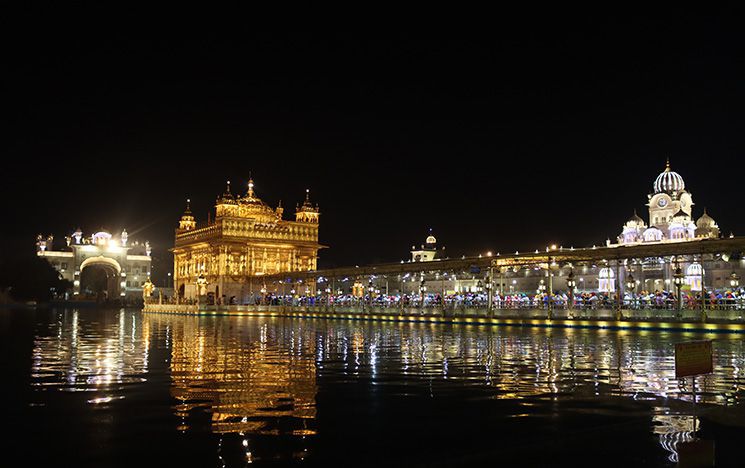
Figure 9: Harmandir Sahib open all hours